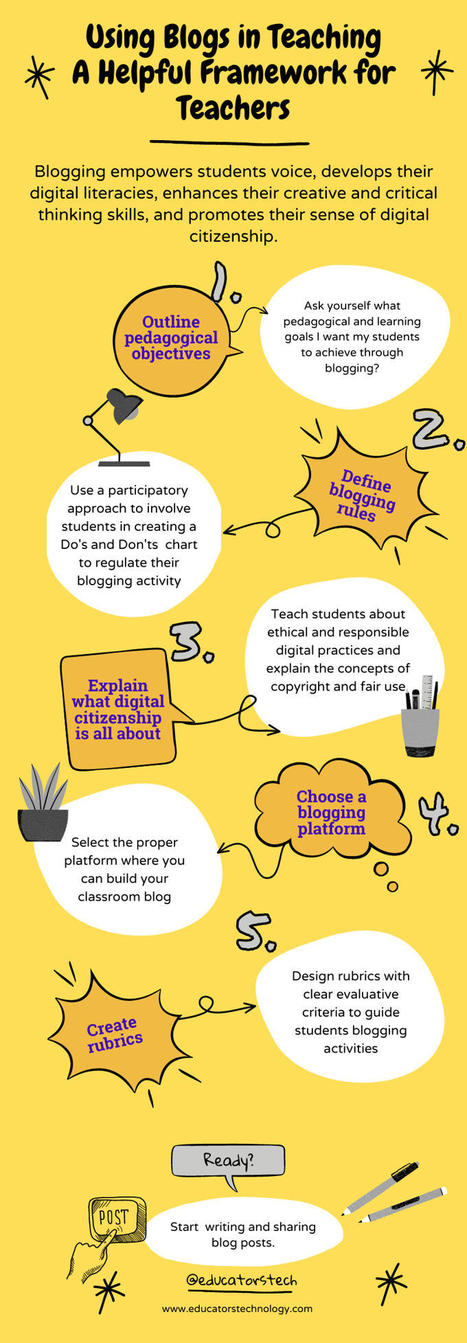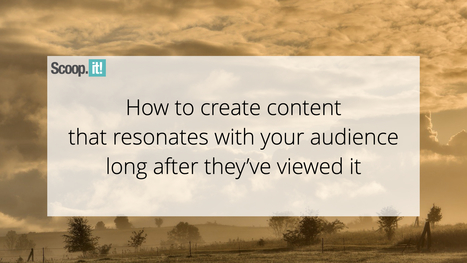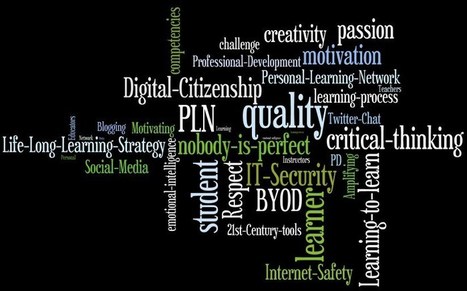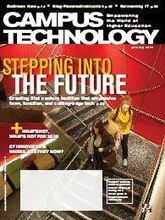La création d'un blog est une excellente façon de partager vos idées, vos expériences et vos connaissances avec le monde entier. Cependant, si vous n'avez pas de connaissances particulières en informatique, la création d'un blog peut sembler intimidante. Heureusement, il existe des plateformes de blogging gratuites qui vous permettent de créer un blog simplement et facilement, sans avoir besoin de compétences techniques avancées.
Dans cet article, nous allons vous guider à travers les étapes pour créer votre propre blog gratuit sans connaissances particulières en informatique. Nous couvrirons les étapes de création d'un blog sur des plateformes telles que WordPress, Blogger, Wix et Tumblr.
- Choisir une plateforme de blogging:
Le choix d'une plateforme de blogging est la première étape importante dans la création d'un blog gratuit. Il existe de nombreuses options disponibles, mais les plus populaires sont WordPress, Blogger, Wix et Tumblr.
-
WordPress: WordPress est l'une des plateformes de blogging les plus populaires au monde. Il est gratuit et open-source, et offre des fonctionnalités avancées pour personnaliser votre blog. Pour utiliser WordPress, vous devez héberger votre propre site web. Cependant, il existe également une version gratuite appelée WordPress.com.
-
Blogger: Blogger est un autre service de blogging gratuit de Google. Il est facile à utiliser et ne nécessite aucune compétence technique particulière. Tout ce que vous avez à faire est de créer un compte Google et de commencer à bloguer.
-
Wix: Wix est une plateforme de création de sites web qui propose également une option de blogging. Il est très facile à utiliser et vous permet de personnaliser facilement votre blog avec des modèles préconçus.
-
Tumblr: Tumblr est une plateforme de microblogging qui vous permet de créer un blog gratuit en quelques minutes. Il est facile à utiliser et propose des fonctionnalités de partage social pour promouvoir vos articles.
- Créer un compte:
Une fois que vous avez choisi la plateforme de blogging qui vous convient le mieux, la prochaine étape consiste à créer un compte. Pour cela, vous devez fournir des informations de base telles que votre nom, votre adresse e-mail et votre mot de passe.
- Choisir un thème:
Le thème de votre blog est la conception globale de votre site. Vous pouvez choisir parmi les thèmes gratuits proposés par la plateforme de blogging ou en acheter un si vous souhaitez une option plus personnalisée. Les thèmes gratuits sont souvent limités en termes de personnalisation, mais ils sont un bon point de départ pour les débutants.
- Personnaliser votre blog:
Une fois que vous avez choisi un thème, vous pouvez personnaliser votre blog en ajoutant des widgets, des menus, des bannières et d'autres fonctionnalités. La plupart des plateformes de blogging offrent une interface conviviale pour faciliter la personnalisation de votre blog.
- Commencer à bloguer:
Une fois que vous avez personnalisé votre blog, vous pouvez commencer à publier des articles. Pour cela, il vous suffit de cliquer sur le bouton "Nouvel article" et de commencer à rédiger votre contenu. Vous pouvez ajouter des images, des vidéos et des liens pour rendre vos articles
Via blasco Louis



 Your new post is loading...
Your new post is loading...
















Bon à savoir